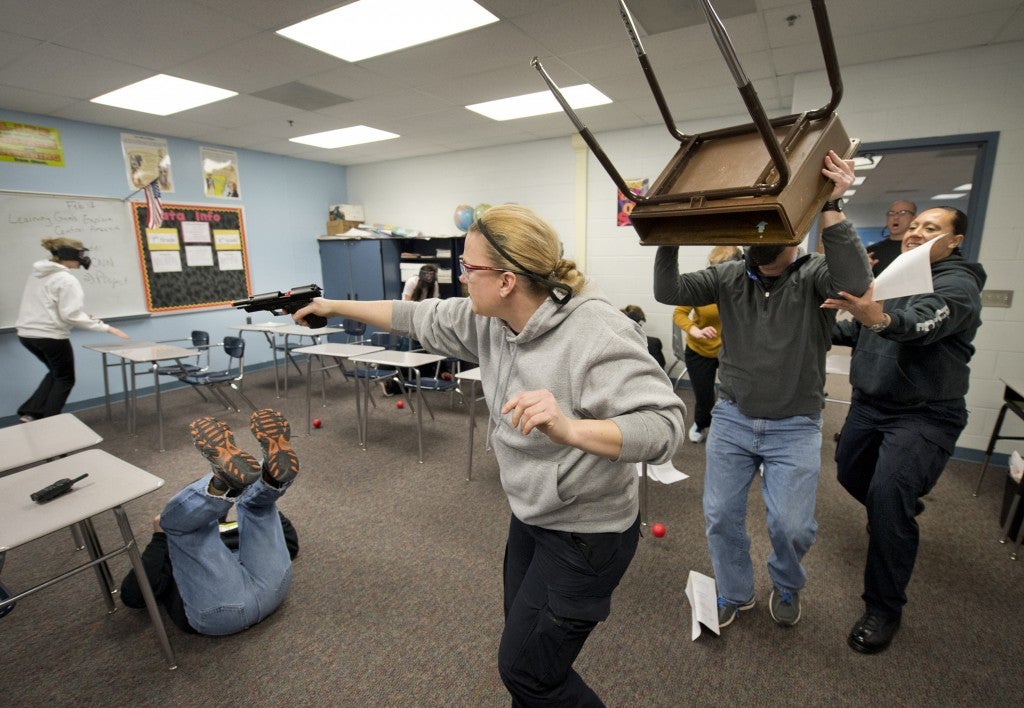In less than a week, authorities have issued two reports of an active shooter in high-profile areas of Washington, D.C.
Last Thursday, the Navy Yard was placed on lockdown after someone reported the sound of gunfire in one of the buildings (the same location where a shooter killed 12 in 2013).
On Monday, employees and patients at Walter Reed National Military Medical Center were told to “shelter in place” following the report of shooting.
Thankfully, both reports were false alarms.
After exhaustive searches, no evidence was found of an actual shooter in either location.
That said, these events should push every American to think about what they should do if they were caught in the middle of an active shooter situation.
The Department of Homeland Security provides good advice), which encourages individuals to follow a “run, hide, fight” response plan.
If a shooter enters a building or public area, people are instructed to leave the scene as quickly as possible, seek shelter in a secure area, and engage the shooter as a last resort.
This three-part response plan has been proven to save lives in a truly dangerous situation and is easy to remember amidst the chaos.
Just as important, you should know what to do when law enforcement officials arrive on the scene.
When evacuating, the Department of Homeland Security advises individuals to remain calm and to follow officials’ instructions as they proceed to the nearest exit.
It’s vital to remember that law enforcement does not need any confusion over whom the enemy is and who needs to be rescued.
Beyond individuals, it is also important that businesses think about how they can prepare their employees for such an event.
Most businesses and offices have an emergency action plan that can be distributed to employees and shared with the authorities.
An emergency action plan helps eliminate the risk of crossfire in the case of a shooting, and it ensures that private security teams are coordinated with public officers.
In the event of an active shooting, victims are usually chosen at random. Past incidents have shown that a shooter will proceed quickly through a building, often without a clear sense of direction.
The threat of an active shooter poses a credible challenge to law enforcement and the public.
After private security, the first responders are likely to be state and local law enforcement, so their training is critical to stopping these attackers.
But before they arrive, it is up to each citizen to take the appropriate action.
In light of recent events, spending a little time to prepare and figure out what you would do during an active shooter is an investment worth making.
